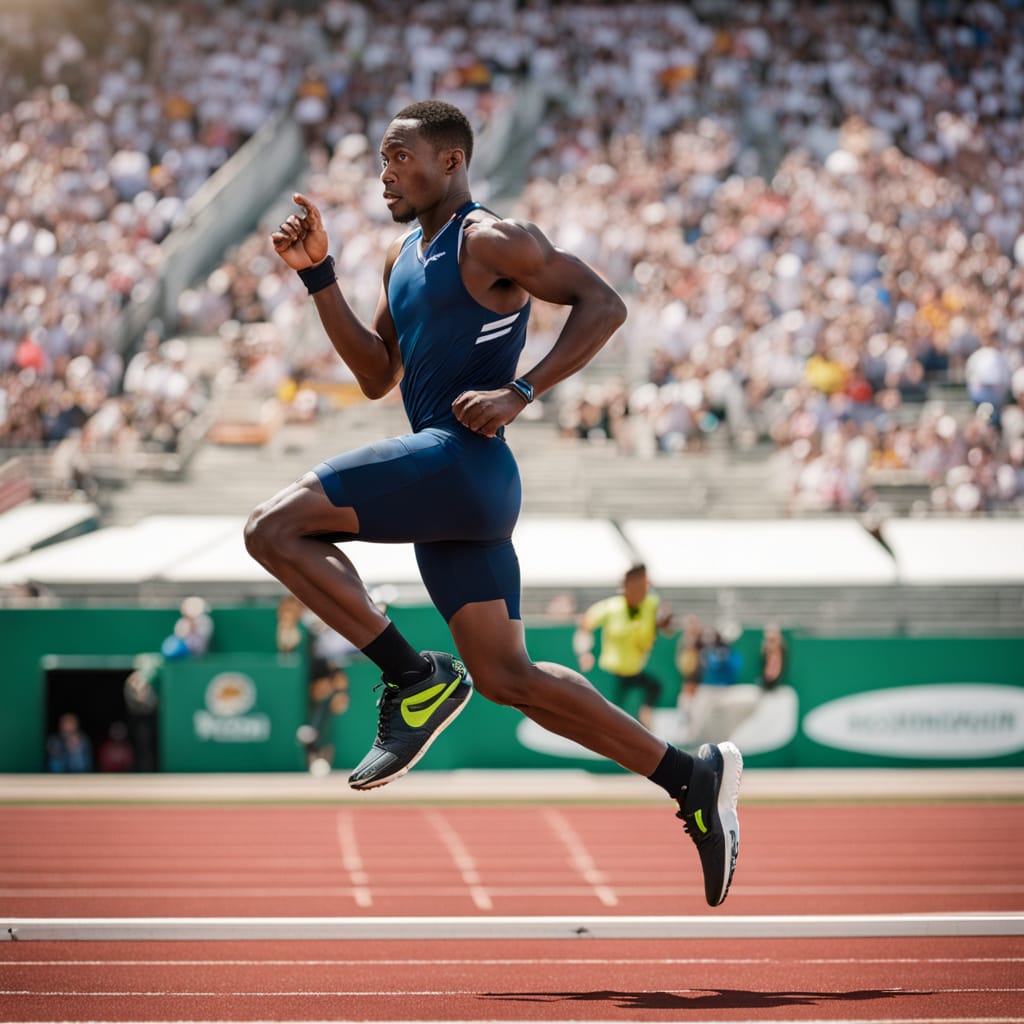
cathlon: A Test of Strength, Speed, and Endurance
It is one of the most grueling and fascinating sports in the world of athletics. This multi-event competition combines physical prowess, mental fortitude, and strategic planning. Originating from ancient traditions and evolving over centuries, the decathlon holds a special place in the history of sports. It enjoys global popularity and continues to inspire athletes of all ages. From professional leagues to amateur competitions, decathlon plays a significant role in shaping individuals and communities. In this blog, we will explore the origins, global popularity, amateur engagement, professional leagues, and rules of the sport.
Origin and History of Decathlon
The roots of the decathlon can be traced back to ancient Greece, where athletes competed in multi-event contests during the Olympic Games. Events such as running, wrestling, and discus throwing were part of these ancient competitions. These early contests celebrated the versatility of athletes, emphasizing physical strength and endurance.
Modern decathlon began to take shape in the 19th century, with the rise of organized athletics in Europe and the United States. The sport made its official debut at the 1912 Stockholm Olympics. Jim Thorpe, an American athlete, won the inaugural Olympic decathlon and gained international acclaim for his exceptional performance.
Over the years, the decathlon evolved to include ten events spread over two days. These events are designed to test every aspect of athletic ability, including speed, strength, agility, and endurance. The decathlon remains a central event in modern athletics, symbolizing the pinnacle of human physical achievement.
Global Popularity of Decathlon
It enjoys a strong global following, particularly in regions with a rich tradition of track and field sports. Europe and North America have historically dominated the decathlon, producing many world-class athletes. Countries such as the United States, Germany, France, and Sweden have contributed significantly to the sport’s development.
In recent years, decathlon has gained traction in Asia, Africa, and South America. Nations like China, Japan, and Kenya are investing in athletics programs to nurture talent. International competitions such as the World Athletics Championships and the Olympics serve as a platform to showcase the best decathletes from around the globe.
Television and digital media have also played a vital role in popularizing the decathlon. High-profile athletes like Daley Thompson, Ashton Eaton, and Kevin Mayer have brought significant attention to the sport. These athletes’ records and charismatic performances inspire fans and aspiring decathletes alike.
Amateur Decathlon: Building the Future
Amateur decathlon forms the backbone of the sport’s ecosystem. Youth programs, school competitions, and local clubs serve as training grounds for future champions. Many countries have implemented grassroots initiatives to promote the decathlon among young athletes.
Schools often introduce children to the decathlon through simplified versions of the competition. Events like the pentathlon or heptathlon provide an entry point for younger participants. These programs emphasize skill development, teamwork, and discipline, fostering a love for athletics.
Local and regional meets offer opportunities for amateur athletes to compete and hone their skills. Community sports organizations play a crucial role in organizing these events. These grassroots efforts ensure a steady pipeline of talent and help maintain the sport’s vitality.
Professional Leagues and Competitions
Professional decathlon competitions are highly prestigious, drawing elite athletes from around the world. The most significant stage for decathletes is the Summer Olympics, held every four years. Winning an Olympic decathlon title is considered the ultimate achievement in the sport.
The World Athletics Championships also host decathlon events, providing another opportunity for athletes to shine on the global stage. Additionally, regional competitions such as the European Athletics Championships and the Pan American Games feature decathlon contests.
Some countries have established national leagues to support professional decathletes. These leagues offer a competitive platform and financial support, enabling athletes to focus on training. Sponsorships and endorsements further contribute to the professionalization of the sport.
Political and Social Significance
The decathlon holds immense political and social significance, serving as a symbol of unity and perseverance. Historically, decathlon competitions have brought people together, transcending cultural and political barriers. The Olympic decathlon, in particular, exemplifies the spirit of global camaraderie.
Prominent decathletes have often been seen as ambassadors of their nations. For example, Jim Thorpe’s victory in 1912 highlighted the resilience of Native American communities. Similarly, Daley Thompson’s achievements in the 1980s underscored the importance of diversity in sports.
On a social level, the decathlon promotes values such as hard work, determination, and fair play. Community programs centered around athletics help instill these values in young participants. By encouraging inclusivity and participation, the sport contributes to the overall well-being of societies.
Rules and Structure of Decathlon
The decathlon consists of ten events, split evenly over two days. Each event is scored based on a points system, with athletes aiming to accumulate the highest total score. The events are as follows:
Day One:
- 100-meter sprint: A test of explosive speed and acceleration.
- Long jump: Athletes aim for maximum horizontal distance.
- Shot put: Strength and technique are crucial to throw the farthest.
- High jump: Flexibility and precision determine success.
- 400-meter race: A challenging sprint that requires endurance and speed.
Day Two: 6. 110-meter hurdles: Athletes navigate hurdles while maintaining speed. 7. Discus throw: Rotational power and accuracy are essential. 8. Pole vault: A combination of agility and strength ensures a successful vault. 9. Javelin throw: Technique and arm strength determine the throw’s length. 10. 1500-meter race: The final event tests stamina and mental resilience.
Each athlete earns points in each event based on their performance. The scoring tables, established by World Athletics, ensure fairness and consistency across competitions. At the end of the ten events, the athlete with the highest total points is declared the winner.
Rules in the decathlon emphasize safety and fairness. Athletes must adhere to specific guidelines for each event. For example, in the high jump, they must clear the bar without knocking it down. In throwing events, the implement must land within designated boundaries.
Conclusion
The decathlon is more than just a sport; it is a celebration of human potential. Its rich history, global appeal, and cultural significance make it a cornerstone of athletics. By engaging youth, fostering inclusivity, and showcasing the best athletes, the decathlon continues to inspire millions around the world. Whether at the amateur or professional level, the sport exemplifies the values of perseverance, excellence, and unity. As it evolves, the decathlon will undoubtedly remain a symbol of athleticism and resilience for generations to come.




